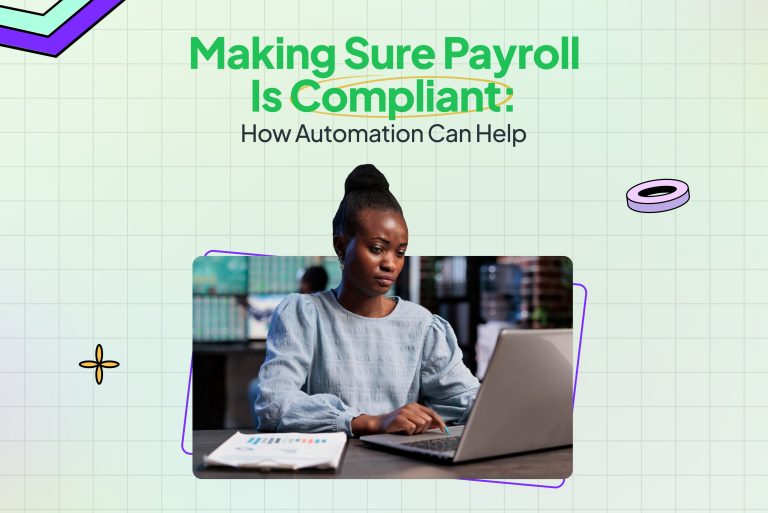
Payroll compliance is a critical aspect of business operations, ensuring that employee payouts and deductions adhere to local tax laws, labor regulations, and reporting requirements. For growing companies, manual payroll management is not only time-consuming but also fraught with human error.
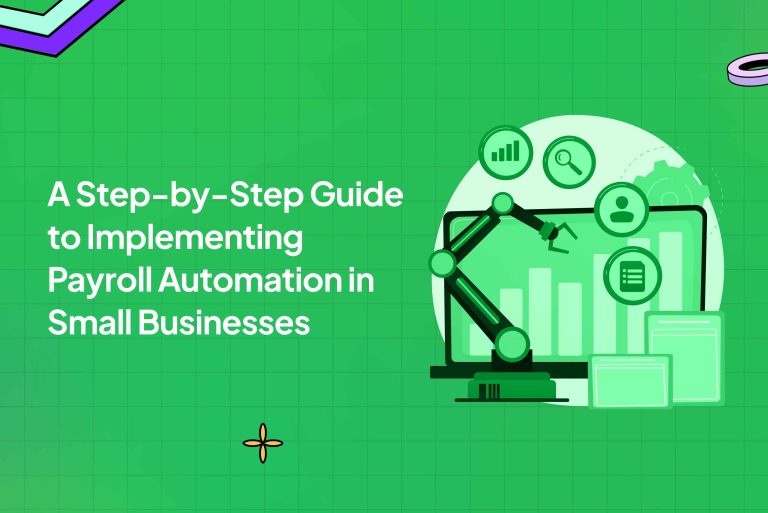
Implementing payroll automation? Follow this step-by-step guide to ensure smooth integration and lasting results for your business.
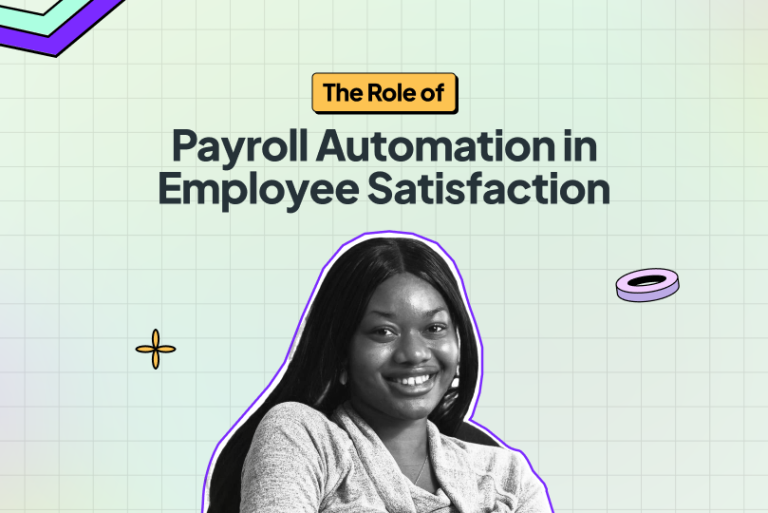
See the role payroll automation in employee satisfaction plays through timely payments, transparency, and fewer payroll errors.
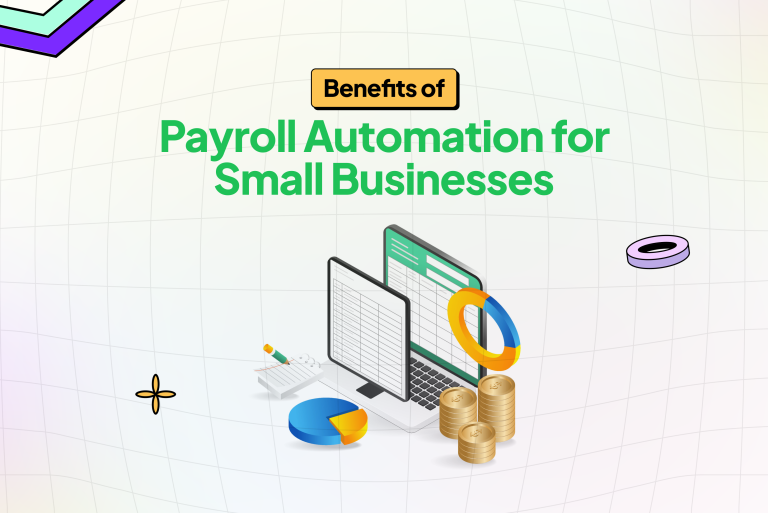
Discover how payroll automation for small businesses helps them save time, reduce errors, and improve compliance in 2025.

As an HR manager or CEO of a small business, you’re responsible for ensuring employees are paid accurately and on time. While payroll management software can help streamline this process, the demands of day-to-day operations often pull you in multiple directions, making it challenging to stay on top of payroll. This is where payroll automation comes in. Payroll automation can take over the repetitive, time-consuming aspects of payroll processing, allowing you to focus on growing your business.
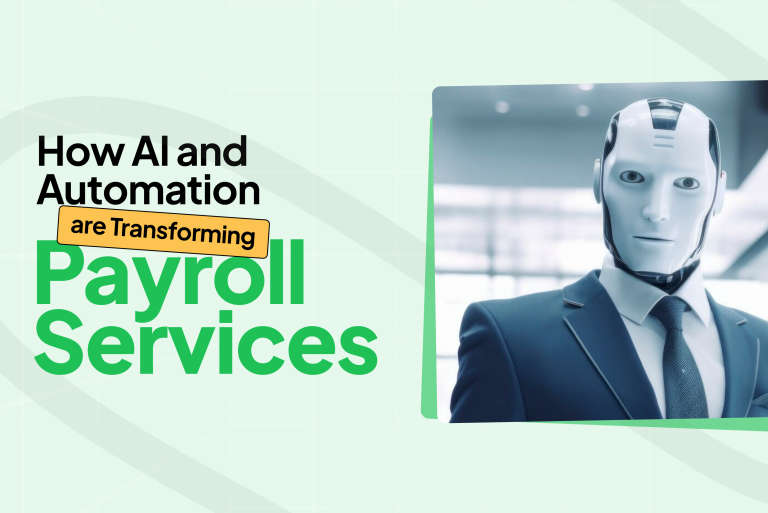
Artificial intelligence and automation work together to make tasks easier and less cumbersome. In truth, AI has not infiltrated the human resources and payroll scenes, so human resource managers and startup founders should start panicking. But it is only a matter of time.






